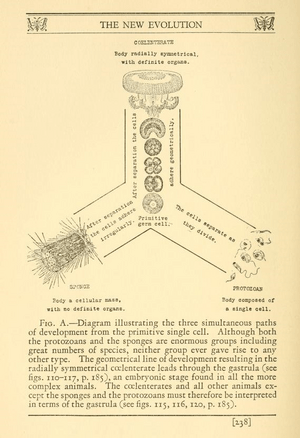Austin Hobart Clark facts for kids
Austin Hobart Clark (born December 17, 1880 – died October 28, 1954) was an American zoologist. A zoologist is a scientist who studies animals. He was born in Wellesley, Massachusetts, and passed away in Washington, D.C.. Clark studied many different things. These included oceanography (the study of oceans), marine biology (sea life), ornithology (birds), and entomology (insects).
Contents
About Austin Clark's Life
Austin Clark was the son of Theodore Minot Clark and Jeannette French Clark. He went to Harvard University and earned his degree in 1903. He married Mary Wendell Upham on March 6, 1906. They had five children together. After Mary passed away in 1931, Clark married Leila Gay Forbes in 1933.
Clark's Scientific Adventures
Clark loved exploring and learning about nature. In 1901, he led a science trip to Isla Margarita in Venezuela. From 1903 to 1905, he did research in the Antilles, a group of islands. From 1906 to 1907, he led a science team on a ship called the USS Albatross. In 1908, he started working at the National Museum of Natural History. He worked there until he retired in 1950.
Clark's Important Roles
Clark was a very active member of many important science groups. For example, he was the president of the Entomological Society of Washington. He was also a vice president of the American Geophysical Union. He even managed the press service for the American Association for the Advancement of Science.
Books by Austin Clark
Clark wrote more than 600 articles and books. He wrote in English, French, Italian, German, and Russian. Some of his well-known books include Animals of Land and Sea (1925) and Animals Alive (1948). He also wrote Nature Narratives (two books, 1929 and 1931).
Animals Clark Discovered
Austin Clark was the first to scientifically describe several animal species and groups. This means he gave them their official names and descriptions. Some of these include:
- The Lesser Antillean macaw (a type of parrot) in 1905.
- The Martinique parrot in 1905.
- The Dominican green-and-yellow macaw in 1908.
- The mulga parrot in 1910.
- A group of crustaceans called Laomenes in 1919.
- A starfish species called Copidaster lymani in 1948.
Clark's Zoogenesis Theory
Clark is most famous for his idea about evolution called zoogenesis. He wrote about this theory in his book The New Evolution: Zoogenesis (1930). His theory was different from the common idea that all life forms came from a single "tree of life." Clark believed that the main types of animals on Earth developed separately. He thought they evolved independently from each other.
Clark wrote that the major groups of animals seemed to appear at the same time. He explained this by saying that life, at its very beginning, developed in every possible direction from a single, simple cell. This process created the first forms of every major animal group. He called this process eogenesis. Clark's ideas were sometimes used by people who believed in creationism. However, Clark himself did not believe in supernatural explanations for how life began.
Selected publications



